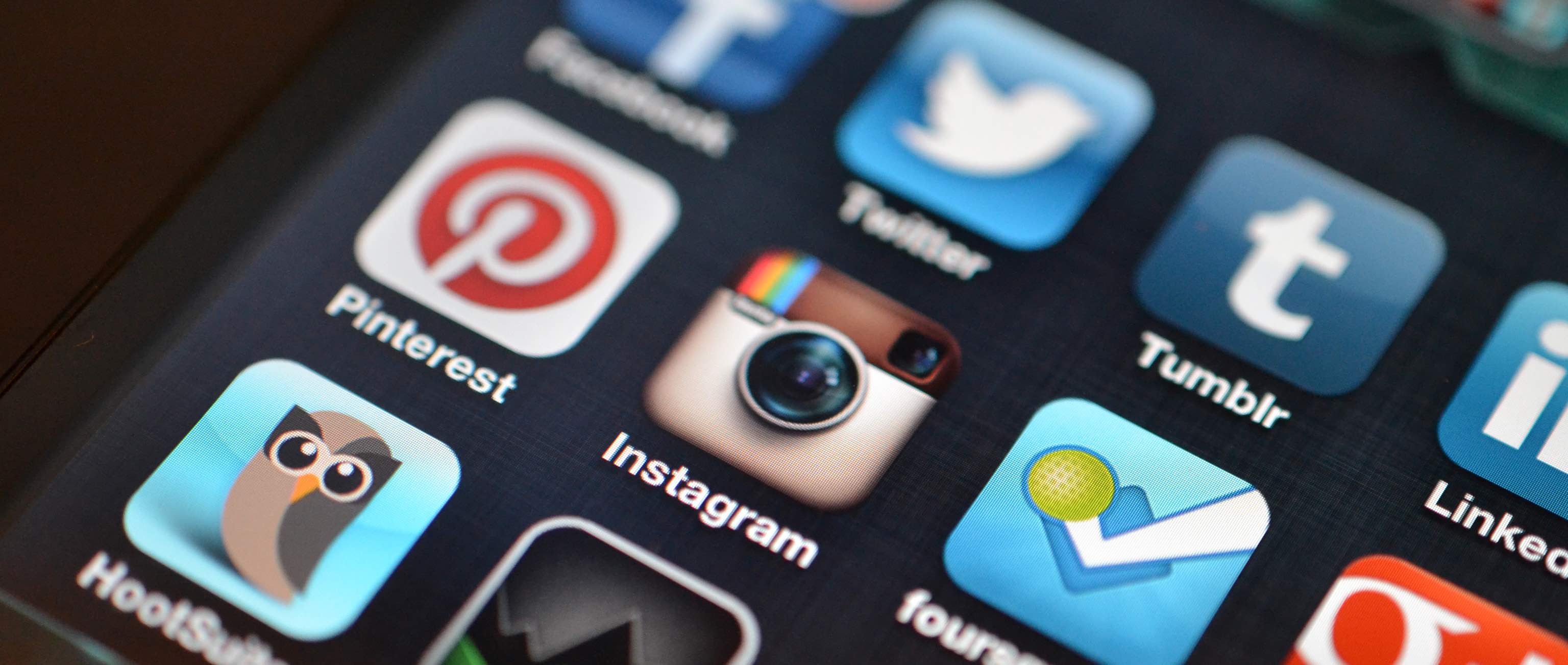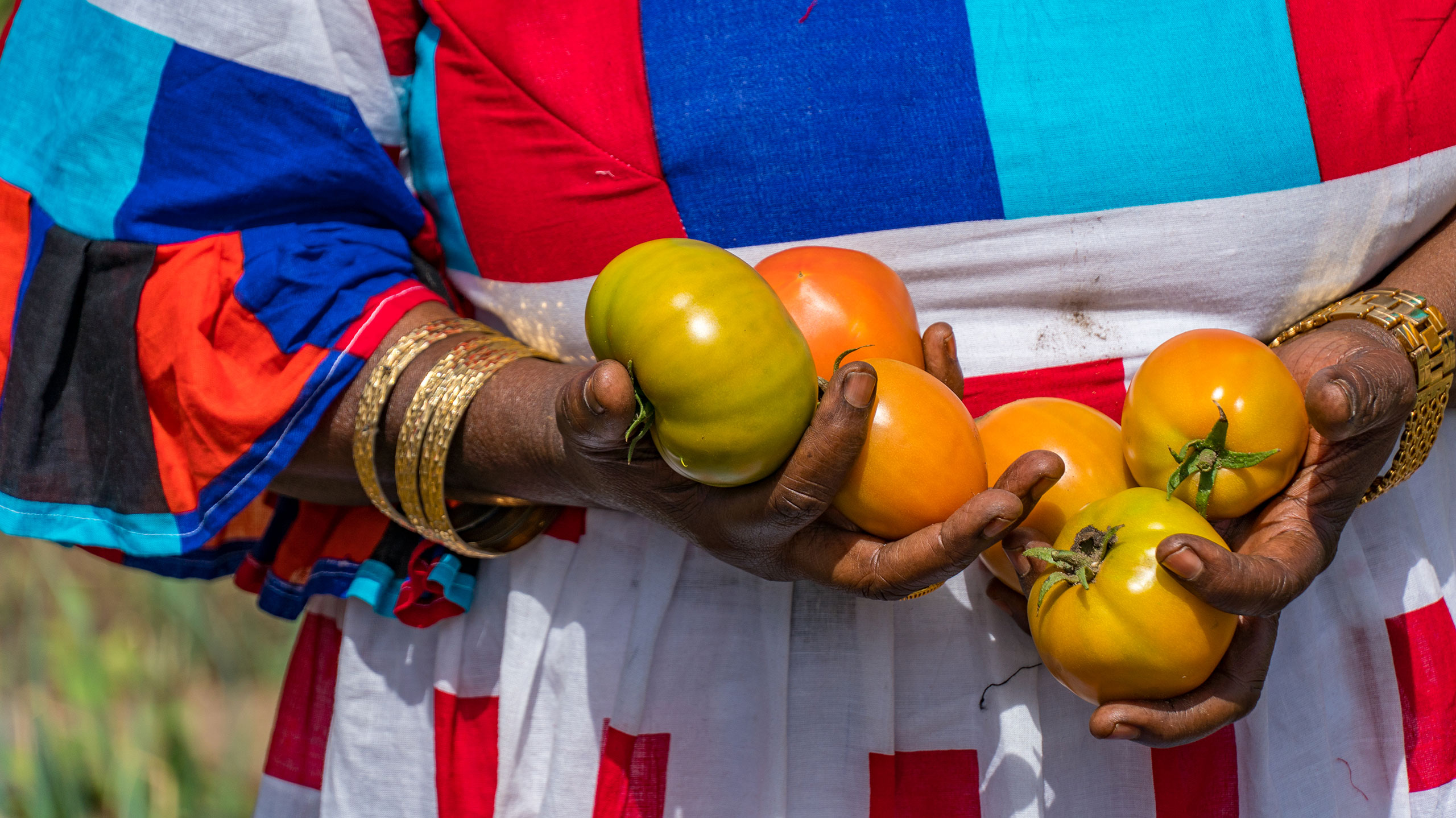Silicon Valley is a hub of innovation, but it also lives in a bit of a bubble. Many startups’ design decisions are based on assumptions that simply don’t apply or that fail to take into account the everyday realities facing low-income households.
Services like Uber, for instance, might be available nationwide, but unless you live in Florida, you’d better have a credit card and an internet-connected smartphone to use it. Neither should be assumed among low-income communities.
Such technological disadvantages affect every aspect of lower-income peoples’ lives.
Particularly in the healthcare space, digital communication has become essential. Low-income individuals represent the largest demographic slice of the 90 million Americans with multiple chronic conditions. Without reliable internet access, scheduling healthcare appointments and communicating with providers becomes more challenging than it is for middle- and upper-middle-class Americans.
To service low-income populations, social entrepreneurs must first recognize the two primary technological hurdles these individuals face.
The Digital Divide
The digital divide is the gulf between populations who have easily accessible high-speed internet and those who don’t. The divide is present because of many factors, such as race, geography, and income.
Roughly nine in ten Americans own a mobile phone of some kind, but that doesn’t guarantee internet and app access. Only 52 percent of adults earning under $30,000 own smartphones, and among those low-income individuals who do, many opt for cheaper, limited data plans or don’t have high-speed internet at home. Currently, five million families live without high-speed internet.
Without steady access to the internet or disposable income, low-income families are often reticent or unable to manage their day-to-day lives online. The New York Times recently profiled school children who stand outside their schools late at night to access the facilities’ free Wi-Fi to finish homework.
At a time when many people are turning to data-heavy apps to serve their every need, low-income communities are relying on phone-based services like NYC311 that don’t require heavy data use or broadband access. The city’s non-emergency hotline has received hundreds of millions of calls since opening in 2003, with satisfaction 15 points higher than the federal government’s call centers.
Poor User Experience Design
Because low-income communities are less experienced with digital products and services, they often have difficulty navigating complex menus and apps. Not every user is accustomed to newer design features like parallax and expandable menus.
However, sleek and simple design helps low-income individuals who do have smartphones and access to data. Jornalero is an app intended to protect low-income laborers from wage theft; it demonstrates how simple a social app’s interface should be.
Tech Isn’t Always the Answer: Design Products With Users in Mind
Social entrepreneurs can take four crucial considerations in making their services more accessible to low-income populations:
1. Tap into your target users for their feedback. Don’t assume you know your audience’s challenges: Spend time in the community listening and addressing concerns. Neatstreak, an app that helps home cleaners communicate with customers, interviewed low-income New Yorkers to understand how technology could help them before developing its platform. Use encouragement, storytelling, and goal-setting to involve your target demographic in developing your product.
2. Employ feedback loops to guide users. Apply a rules engine-backed model to ensure the service you’re providing is accurate and useful. A built-in rules system allows or denies a user’s progress through forms based on their feedback. When BeneStream screens for Medicaid eligibility, for instance, it uses rules-backed certitude to allow applicants to proceed after reporting income within Medicaid’s eligibility limits.
Strong feedback loops also benefit entrepreneurs by gathering user insights to improve the product. Lego is pushing toward more digitally interactive toys, but it’s all dependent on how children react to the technology.
3. Don’t marry yourself to tech. Often, technology isn’t the best answer to problems faced by low-income communities. Think about the user’s journey from start to finish. What roadblocks might your target audience encounter during the trip?
Healthfirst, for instance, sidesteps online and smartphone access issues with vans that travel to low-income communities to provide Medicaid enrollment assistance. BeneStream employs a phone hotline and texting service to help potential Medicaid recipients overcome barriers to enrollment.
4. Consider the preferences of your unique users. There are unique practices, beliefs, and habits that may not apply to all communities. Low-income communities, for instance, still prefer texting to apps. When in need, these communities turn to text-based services like RapidSOS and Crisis Text Line instead of apps like Emergency+.
Remember, not every demographic has the same tech behaviors (or even speaks the same language). BeneStream consulted sociologists and anthropologists when designing its services. Based on this research, the company set up a multilingual call center and text service, understanding these were most successful methods in engaging our target populations.
Before trying to help the poor, understand your target demographic’s unique skill sets, culture, and available resources. Learn their challenges, and build a solution to fit those challenges. Changing the world is rarely as simple as creating an app.
Banner photo: Jason Howie



